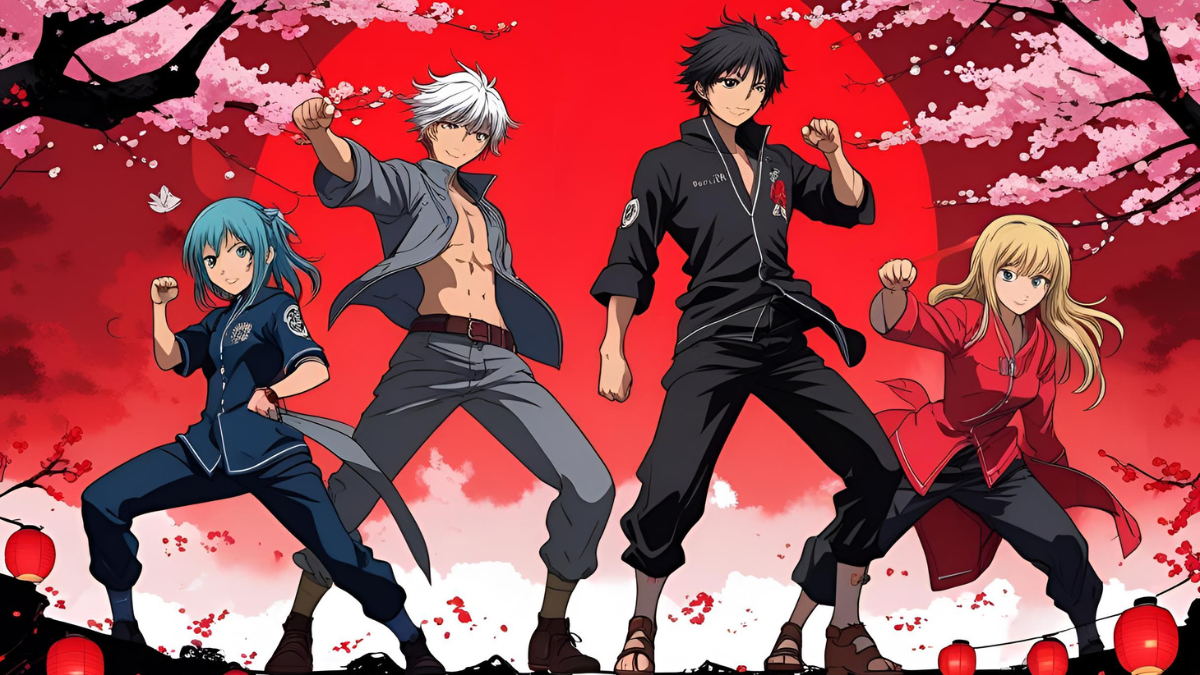
Advertisement
The anime industry is booming like never before. With global streaming platforms like Netflix and Crunchyroll investing heavily in original productions, anime has gone from a niche subculture to a dominant force in global entertainment. Titles like Demon Slayer, Jujutsu Kaisen, and Attack on Titan rake in billions, fans flock to conventions, and animators are revered as modern-day visionaries. But there’s a darker side to this success story.
Beneath the colorful characters and breathtaking fight scenes is an industry that, by many accounts, routinely exploits its creators. Long hours, low pay, intense deadlines, and mental health breakdowns are not anomalies—they’re part of the system. The very people who bring anime to life are often struggling to survive.
This isn’t just about a few bad studios. It’s a systemic issue rooted in how the anime production pipeline is structured, how outsourcing functions, and how labor is undervalued across the board. If we love anime, we have to ask: at what cost is it being made?
How the Anime Production System Works
To understand the problem, you need to know how anime is made. A typical anime is produced by a production committee made up of various companies (like publishers, studios, merchandisers, and distributors). These committees hold most of the power—and profits.
The actual studio responsible for animating the show often gets a fixed budget that rarely reflects the time and labor needed for high-quality work. Even major studios like MAPPA and A-1 Pictures have publicly expressed frustration about tight schedules and low compensation despite producing global hits.
The production process is also highly fragmented. Tasks are divided among freelancers, subcontractors, and sometimes even studios in other countries. This leads to inconsistent pay and minimal job security for animators, in-betweeners, and background artists.
The Life of a Japanese Animator: Passion vs. Poverty
At the heart of the industry are the in-between animators—often the youngest and least experienced artists. They’re responsible for filling in the thousands of frames between key scenes. These positions are notoriously underpaid, with many earning as little as ¥200 (less than $2) per frame. Even working 10–12 hours a day, many animators make below Japan’s minimum wage.
One report by the Japanese Animation Creators Association (JAniCA) revealed that nearly 90% of young animators earn less than $10,000 USD a year.
This means:
-
Many live in cramped, shared apartments.
-
Some sleep at the studio because they can’t afford rent or transportation.
-
Mental and physical health suffers—leading to burnout or even hospitalization.
Ironically, many animators say they stay in the industry because they love anime. But passion doesn’t pay the bills.
Case Study: MAPPA’s Work Culture Controversy
In 2021, MAPPA (the studio behind Jujutsu Kaisen and Chainsaw Man) came under fire when a former employee claimed staff were being pushed to their limits. The studio was allegedly taking on too many projects, leading to insane work schedules and stress.
Some animators reported working days on end without proper breaks, while still being paid below-industry rates. This backlash led to greater public awareness, but little systemic change.
MAPPA is just one example—other studios, including big names like A-1 Pictures and Studio Pierrot, have faced similar accusations.
The Role of Streaming Platforms and Global Demand
With Netflix and Crunchyroll racing to secure exclusive anime content, production timelines have only gotten tighter. Studios are now expected to churn out high-quality work on unrealistic schedules to meet the demands of a global audience.
While these platforms increase visibility and investment, the profits rarely trickle down to the animators. Instead, most of the money goes to publishers and rights holders. The animators? Still underpaid. Still overworked.
Is There Hope? Studios Doing It Right
Not all is bleak. Some studios are trying to reform the system:
-
Kyoto Animation is renowned for employing its animators full-time, providing benefits, and investing in in-house training.
-
Science SARU uses digital tools and flexible schedules to ease the production burden.
-
Studio Ghibli, under Hayao Miyazaki, has long emphasized quality over quantity, though even Ghibli’s practices haven’t always been perfect.
These studios prove that a better model is possible, but they are exceptions—not the norm.
Fan Responsibility: What Can Viewers Do?
As global fans, we might feel powerless. But we’re not. Here’s how to be a more conscious anime supporter:
-
Support ethical studios by buying official merchandise and Blu-rays from studios that treat their workers well.
-
Educate others about the realities of anime production.
-
Demand transparency from streaming platforms and production committees.
-
Engage in responsible fandom—don’t glorify burnout or “crunch culture” just because it produced a stunning fight scene.
Our voices, as consumers, matter. If studios and platforms see that ethical practices are a priority to fans, they may be more inclined to change.
Conclusion
The anime industry may dazzle with its visuals and inspire with its stories, but behind many of those frames is an artist suffering in silence. The exploitation of creators isn’t just a labor issue—it’s a creative one. Burned-out animators don’t make better shows. A broken system can’t sustain innovation.
Loving anime means respecting those who create it. It means asking uncomfortable questions, pushing for better practices, and refusing to accept exploitation as the cost of beauty.
The next time you watch a breathtaking sequence or an emotionally powerful episode, pause and think: what did it take to make this? And was the price too high?
